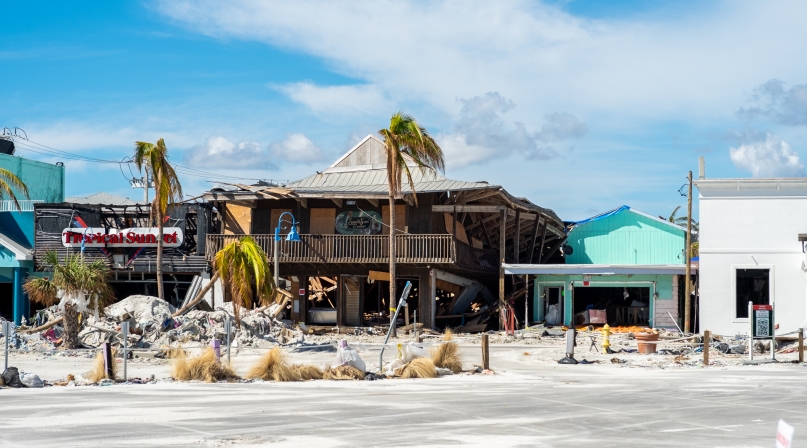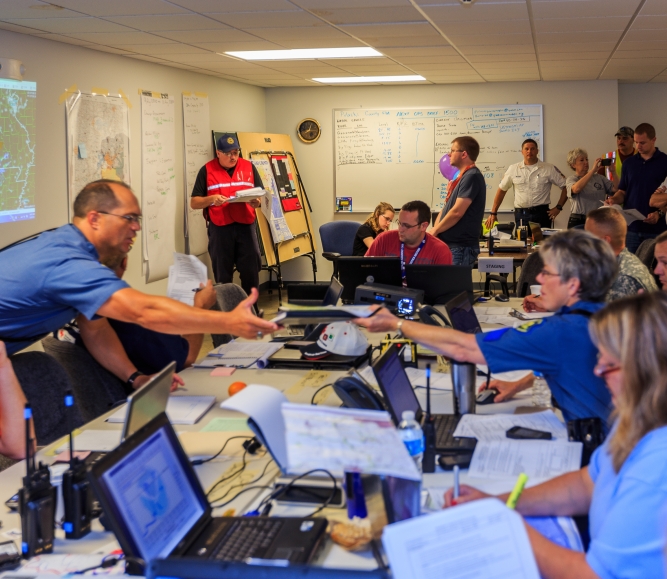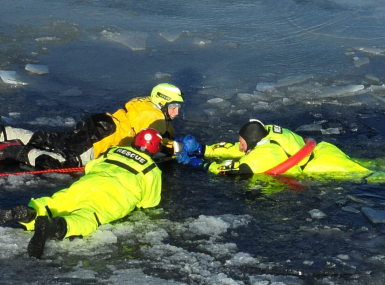New disaster recovery grants now open to support county economic development
Author

Brett Mattson

Naomi Freel
Upcoming Events
Related News

Key Takeaways
The U.S. Economic Development Administration (EDA) has launched the Fiscal Year (FY) 2025 Disaster Supplemental Grant Program, making $1.45 billion available to help communities recover from natural disasters and build long-term economic resilience. Counties affected by major disaster declarations in 2023 or 2024 are eligible to apply for funding to rebuild infrastructure, strengthen local economies and prepare for future disruptions. This program goes beyond immediate recovery, aiming to transform local economies and foster sustainable, long-term economic growth.
Disaster Supplemental Grant Program
The EDA FY 2025 Disaster Supplemental Grant Program offers three distinct funding pathways based on the applicant’s recovery capacity and plans. These Notice of Funding Opportunities (NOFOs) are designed to not only address immediate recovery needs, but to help transform local economies and support long-term growth. The three grant pathways are:
- Readiness Pathway
- Funding range: $250,000–$500,000
- Supports early-stage, non-construction efforts like recovery planning, hiring recovery coordinators and conducting pre-development activities.
- Designed for communities building capacity to implement longer-term recovery initiatives.
- Applications are rolling until are exhausted or the NOFO is cancelled.
- Implementation Pathway
- Funding range: $100,000–$5 million (non-construction); $2 million–$20 million (construction)
- Supports recovery projects that directly advance local economic recovery, including infrastructure improvements, workforce development and economic revitalization efforts.
- Applications are rolling until are exhausted or the NOFO is cancelled.
- Industry Transformation Pathway
- Funding range: $20 million–$50 million
- Supports coalitions implementing regional strategies to transform local economies through industry development.
- Ideal for counties working in partnership to achieve large-scale economic shifts post-disaster.
- Applications due by March 3, 2026 at 5 p.m. ET.
Application deadline
Counties are eligible to apply under any of the three pathways. Projects must be located in, serve, or directly benefit areas that received a major disaster declaration in 2023 or 2024.
EDA will generally fund up to 80 percent of total project costs, with the potential to cover up to 100 percent for Tribal governments or severely distressed communities.
Applications for all pathways must be submitted through EDA’s EDGE portal. Readiness and Implementation applications are accepted and reviewed on a rolling basis until funds are exhausted. The Industry Transformation pathway has a firm deadline of Tuesday, March 3, 2026, at 5:00 p.m. ET.
For more details or help with the application process, please contact your state’s EDA Economic Development Representative.
Featured Initiative
Intergovernmental Disaster Reform Task Force
As disasters intensify across the country, county governments play a crucial role on the frontlines of emergency management and recovery. With a commitment to advancing federal policies that foster collaboration between counties, federal agencies and other intergovernmental partners, the Task Force builds on years of county-led efforts to enhance disaster policies and practices, driving improved outcomes nationwide.

Resource
Intergovernmental Roles and Responsibilities in Disaster Resilience

Related News

Counties and Railroads: Shared Priorities for the Next Surface Transportation Bill
County leaders from across the country have a vital opportunity to ensure their infrastructure priorities are front and center.

House reintroduces bipartisan legislation to level playing field for rural communities
House reintroduced the Rural Partnership and Prosperity Act, bipartisan legislation intended to advance economic development in rural counties and overcome barriers to obtaining federal funding and resources.

County officials moonlight in search and rescue roles
For some county officials, participating in search and rescue operations is another way to serve their communities, and make it safer for people to enjoy natural recreation resources.